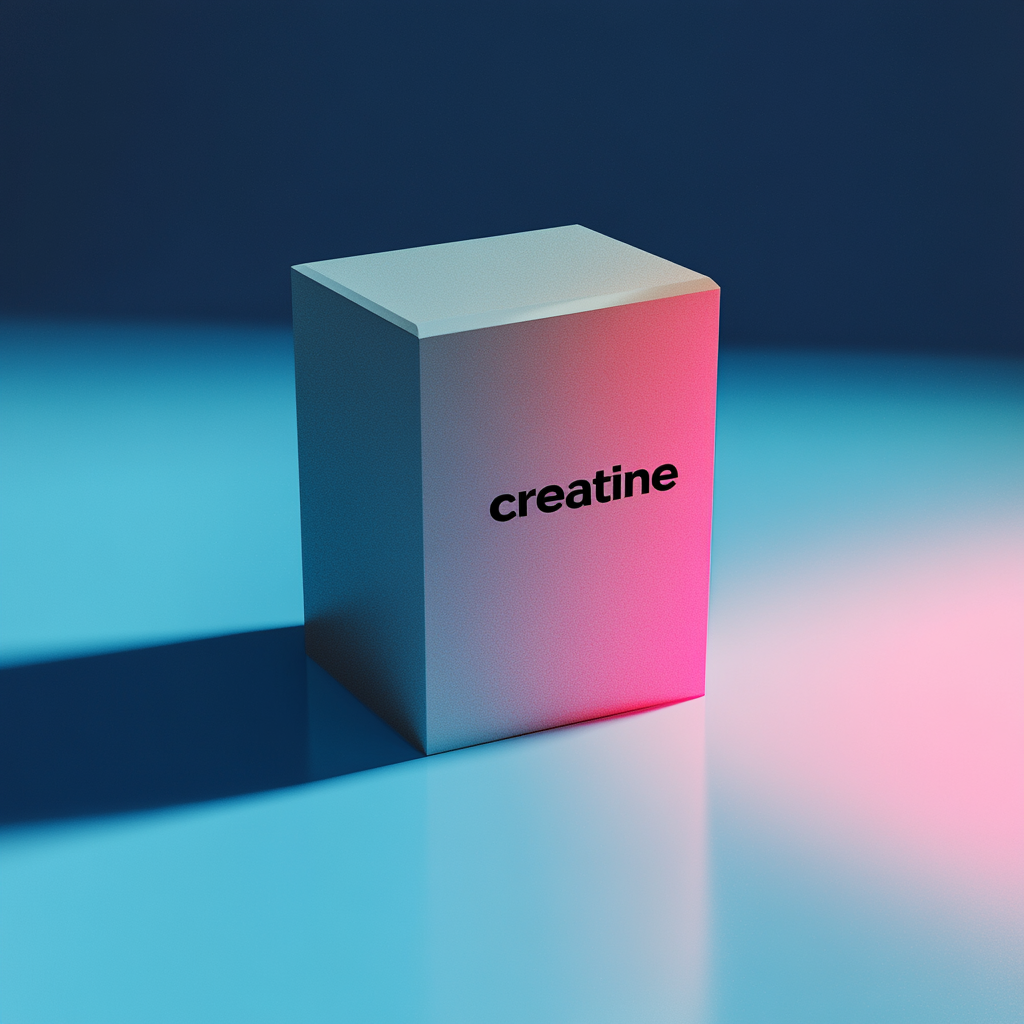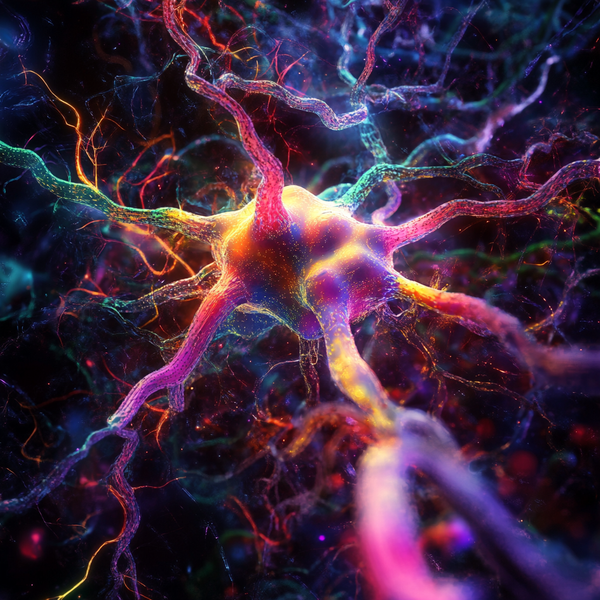Creatine Supplementation: Benefits, Types, Dosage, and Safety

Creatine is a naturally occurring compound (from amino acids glycine and arginine) that helps regenerate cellular ATP for short bursts of high-intensity activity. About 1–1.5 g of creatine is produced daily by the body, with the same amount obtained from meat and fish or supplements. It is considered “conditionally essential” (especially for those on plant-based diets) because dietary intake or supplementation is needed for normal growth and health. Creatine monohydrate is the most widely studied form (often branded as Creapure), and hundreds of trials consistently show it enhances exercise performance – boosting strength, power, sprint ability, and lean mass in conjunction with resistance training. Other research suggests ancillary benefits such as reduced injury risk, faster recovery, better tolerance to heat exercise, and even neuroprotection and heart health. For example, meta-analyses show creatine plus training leads to significantly greater strength gains (≈4.4 kg more upper-body 1RM and 11.4 kg more lower-body 1RM) and increases lean body mass by ~1.1 kg versus training alone.
Benefits of Creatine
Athletic Performance: Creatine is one of the most effective, science-backed supplements for enhancing high-intensity exercise performance. In men and women undergoing weight training, creatine supplementation yields significantly larger gains in muscle mass and maximal strength than placebebo. For example, recent meta-analyses report roughly 4–11 kg extra strength gain and ~1 kg extra lean mass with creatine. These effects are due to increased muscle creatine and phosphocreatine stores, which improve ATP recovery during intense effort. Creatine also enhances power (e.g. sprint times, vertical jump) and may help counter age-related muscle loss when combined with exercise.
Cognitive Benefits: Beyond muscle, creatine may improve brain performance, especially under stress or in those with low baseline creatine. A 2025 systematic review (16 RCTs, n≈500) found creatine monohydrate significantly enhanced memory (SMD≈0.31), attention, and processing speed in adults. These effects were more marked in some clinical or sleep-deprived groups. For instance, a 2024 trial showed a single high dose (0.35 g/kg) of creatine improved cognitive processing and prevented performance decline during 24 h of sleep deprivation. In healthy people, creatine loading can boost working memory and intelligence scores. Thus, creatine’s brain-energizing effects may help counter mental fatigue and age-related cognitive decline.
Other Health Effects: Emerging research suggests creatine may benefit other health areas. It is a key energy substrate in the heart, and supplementation may improve cardiac function and muscle performance in heart failure patients. Creatine also has antioxidant and neuroprotective properties, making it of interest in neurodegenerative diseases and metabolic disorders. However, large clinical trials have mostly been disappointing. For example, the long-term Parkinson’s Progression Markers Initiative (PPMI) trial (10 g/day for 5+ years) found no benefit of creatine on slowing Parkinson’s progression. Similarly, creatine has shown little effect on ALS, Huntington’s, or bone loss in trials. In summary, while lab and small studies hint at broader health uses, the strongest consensus is for exercise performance and possibly cognition.
Creatine monohydrate (CM) is the “gold standard” form: it’s pure creatine, very well-researched, and inexpensive. Other forms have been marketed (see Table 1) – for example creatine HCl (hydrochloride) is more water-soluble, buffered CM (e.g. Kre-Alkalyn) is pH-stabilized, creatine ethyl ester (CEE) is an ester, and creatine salts like nitrate or citrate add other groups. However, evidence shows no form is proven superior to plain monohydrate. Studies find HCl and monohydrate produce equal strength and lean mass gains, and buffered creatine yields no greater muscle creatine or training effect than monohydrate. In fact, one review noted that ~88% of “novel” creatine products have limited or no evidence for their claims. Monohydrate remains the most cost-effective (≈$0.12/gram) vs. ~$0.26/g for many alternatives.
Dosage and Timing
- Typical Dose: Most adults require about 3–5 g of creatine monohydrate per day (maintenance dose) to keep muscle stores saturated. Some people “load” with 20 g/day (e.g. 4×5 g) for 5–7 days to reach saturation faster, but loading is optional. Studies show that skipping the loading phase and just taking 3–5 g daily eventually achieves the same muscle creatine levels. Taking creatine with a carbohydrate/protein meal or drink may enhance uptake, although it is not strictly required.
- Maintenance: After any loading phase, a maintenance dose of 3–5 g/day keeps levels high. Higher doses (e.g. 0.1 g/kg/day ≈ 7 g for a 70 kg person) produce only marginal extra gains in lean mass.
- Pre vs. Post Workout: Research suggests timing has little impact. One small study found slightly better gains when creatine was taken after workouts rather than before. However, a larger double-blind trial showed no significant difference between pre- and post-exercise ingestion. In practice, ensure consistent daily intake; the total dose is more important than exact timing.
- Loading Phase: If chosen, a loading protocol (≈0.3 g/kg/day for 5–7 days) quickly raises muscle stores. After loading, switch to maintenance (3–5 g/day). No evidence indicates health benefits from prolonged high-dose loading.
Safety and Side Effects
Creatine is generally safe for healthy individuals. It is one of the most-studied supplements with no solid evidence of harm at recommended doses. Controlled trials and reviews report no adverse effects on kidney or liver function in healthy users. Mild effects may include temporary weight gain due to water retention in muscles (often ~1–2 kg in the first week). Common concerns like muscle cramping or dehydration have not been supported by research. In fact, organizations note creatine may even have a hyper-hydrating effect that helps prevent cramps. Long-term use (up to 5–10 g/day for years) has been found safe. Potential side effects (rare) include mild stomach upset or diarrhea if taken on an empty stomach or in very large single doses. Because creatine converts partly to creatinine, measured blood creatinine may rise without indicating real kidney damage.
Scientific Research and Consensus
The scientific consensus is that creatine monohydrate is a safe, effective supplement for improving muscle performance. Major sports nutrition bodies (e.g. the International Society of Sports Nutrition) regard creatine as both safe and among the most beneficial sports supplementshealthline.com. Dozens of meta-analyses and reviews consistently report significant ergogenic effects when creatine is combined with resistance trainingmdpi.compubmed.ncbi.nlm.nih.gov. Table 2 highlights representative findings from key studies:
| Study (Year) | Participants/Design | Dose/Duration | Key Findings |
|---|---|---|---|
| Candow et al. (2024)mdpi.com | Meta-analysis, adults <50 (23 studies) | CM + resistance training | Creatine+RT group gained 4.43 kg more upper-body and 11.35 kg more lower-body strength vs. placebomdpi.com. |
| Desai et al. (2024)pubmed.ncbi.nlm.nih.gov | Meta-analysis, adults <50 (12 studies) | CM + resistance training | Creatine increased lean body mass by 1.14 kg on average and reduced body fat (%) by ~0.88% more than RT alonepubmed.ncbi.nlm.nih.gov. |
| Xu et al. (2025)pubmed.ncbi.nlm.nih.gov | Meta-analysis, adults (16 RCTs, n≈492) | CM supplementation | Significant improvements in memory (Hedges’ g≈0.30) and attention vs. placebo; no change in global cognitionpubmed.ncbi.nlm.nih.gov. |
| Gordji-Nejad et al. (2024)nature.com | RCT, healthy adults, sleep-deprived (n=…) | Single 0.35 g/kg dose | Single high-dose creatine reversed sleep-deprivation cognitive decline, improving processing speed and ATP levelsnature.com. |
| Haskins et al. (2023)pmc.ncbi.nlm.nih.gov | Narrative review (kidney safety) | Long-term supplementation | Creatine has not been shown to impair kidney function in controlled human studiespmc.ncbi.nlm.nih.gov; reports of renal failure are unsupported. |
| Schrag et al. (2015)pmc.ncbi.nlm.nih.gov | RCT, Parkinson’s patients (n=955) | 10 g/day, 5+ years | No difference in disease progression between creatine and placebo; creatine did not slow Parkinson’s declinepmc.ncbi.nlm.nih.gov. |
Overall, the literature shows robust efficacy of creatine for muscle and safety for healthy users, while clinical applications in disease remain exploratory.
Market and Reputable Products
On the market, pure creatine monohydrate powder is the most common form. Consumers should look for products made from high-purity creatine (often labeled “Creapure” from Germany) and minimal additives. Third-party testing (NSF, Informed-Sport, etc.) is a marker of quality. For example, Momentous and Klean Athlete both sell NSF/Informed-Sport certified creatine powders (5 g per scoop). Other well-known brands include Optimum Nutrition, NOW Foods (Creapure), Transparent Labs, MuscleTech, Thorne Research, and BulkSupplements, many offering micronized CM or buffered versions. Capsules and blended formulas exist, but pure powder ensures the cheapest cost per dose (often <$0.50 per 5 g serving). In all cases, choosing a brand with a transparent label (no hidden ingredients) and certifications helps ensure you get genuine creatine monohydrate and not a weak or contaminated product.
Forms: Most supplements use creatine monohydrate powder (unflavored) or micronized powder for easier mixing. Creatine capsules/tablets are available but can be more expensive. Very high-solubility forms (HCl) or combinations (creatine + betaine, etc.) are sold, but as noted above they generally offer no proven advantage over simple CM.
Summary: Creatine monohydrate (3–5 g/day) is proven to safely enhance strength, power, and lean mass in athletes. It may also benefit cognitive function. While many creative forms exist, standard CM remains the most evidence-backed. Follow dosing guidelines and choose a reputable, tested product to maximize benefits.
Sources: Reliable scientific reviews, clinical trials, and position stands (cited above) document the points made. Key references include systematic reviews in Nutrients and J Strength Cond Res, a Frontiers meta-analysis of cognitive outcomes, and safety reviews in Nutrients and MDPI. All claims here are supported by peer-reviewed research.



